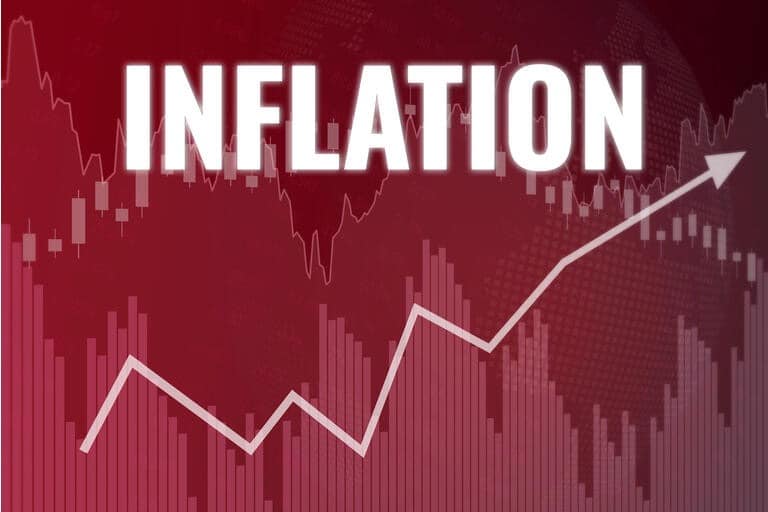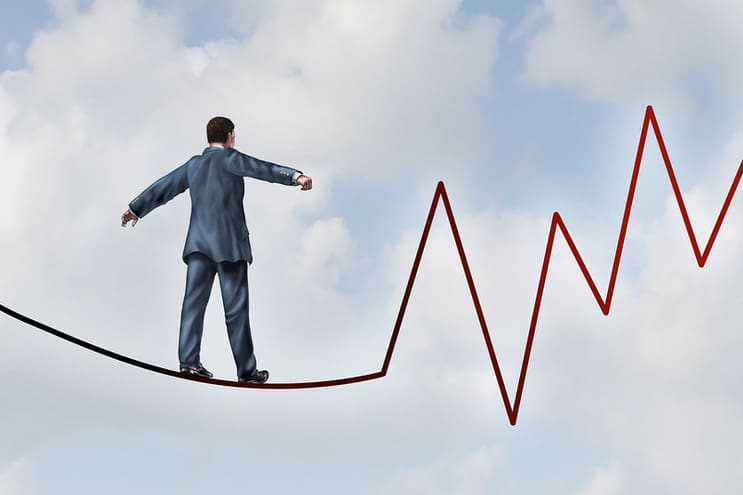A plan based on hard data is the best way to analyse a changing situation
A plan based on hard data is the best way to analyse a changing situation
A plan based on hard data is the best way to analyse a changing situation
WE HAVE become used to expecting an equity bear market every decade or so.
With Sars (2003), Mers (2009), and now Covid-19 (2020), it looks like we should also be expecting a global health emergency - as defined by the World Health Organization (WHO) - on a regular basis. Rather than being gripped by panic and going on a toilet roll and face mask acquisition spree, below is a plan based on hard data to navigate through the current situation, as well as future potential pandemics.
How to invest in the current Covid-19 outbreak has been discussed in many articles already. Many of these articles end with the conclusion that it is too early to say that the virus' threat is over, and to adopt a wait-and-see approach.
Given the highly contagious nature of Covid-19, this is extremely sensible advice in how to conduct our daily activities: wash your hands frequently, do not touch your face, etc. For an investor who targets taking advantage of the volatility in markets caused by such events, this conclusion is not useful.
If we wait till the worst of any particular crisis has passed and the economy starts to recover, the opportunity will also have passed us by. The biggest difficulty in investing is making a bet on an uncertain future. By definition, prices are always the lowest at the bleakest point in a crisis, where the level of uncertainty is at the maximum. This is why the vast majority of investors are better off staying invested through such periods.
By far the worst decision an investor can make is to sell now with an expectation that the situation deteriorates, saying that they will buy later at lower prices. Stock market bottoms have coincided with the announcement of a WHO Global Health Emergency. And the negative hit to global gross domestic product (GDP) from such emergencies in the medium term is zero. We will explain both of these key points in more detail below. If an investor wants to trade around health emergencies that are becoming a part of life, they need to analyse the hard data on a daily basis, take into account the inherently inaccurate nature of such data in order to assess the real risk, and make a decision before most other investors.
We assess risk subconsciously on a daily basis. Every time we walk out of the door, we run the risk of getting hit by a car. We know that this risk is ever-present, but the alternative - to stay at home all the time and never venture out - is no way to live. And we know that the risk of this unfortunate event happening to us is quite low. But the mind plays tricks on us - airplane travel is far safer than car travel, and yet many are far more anxious getting on a plane than in a car, an irrational fear caused by the high visibility of plane crashes in the news.
The hard data analysis shows that the number of infected is 0.001 per cent of the global population, and this includes the higher numbers in China. If you do get infected outside China, the fatality rate is currently 0.8 per cent. This means that your chance of dying from Covid-19, if you live outside China, is 0.000008 per cent. This is less than the chance of getting hit by a car when going out of your office for lunch. Finally, the accompanying chart shows how Covid-19 stacks up against the common seasonal flu - which no one pays attention to, given that it is an annual recurring illness. While in the midst of a new virus, especially a highly infectious one like Covid-19, our instinct and survival mechanism will kick in to fear the worst outcome. Instead of giving in to panic, here are two facts to remember.
First, an analysis of previous global health emergencies shows that global stock markets on average bottom on the day that WHO announces the emergency. This is when the situational awareness of the new virus is at its highest level, as the WHO announcement gets headline press globally. Second, the impact from such health emergencies on global GDP is negligible in the medium term. The focus on the drop in economic activity ends up with the wrong assumption that this drop is permanent.
Here is a simplified example. Let's say I buy a cup of coffee at Starbucks for S$5 every morning before going into work, but I am quarantined for 15 days and work from home. The coffee shop has lost out on S$75 of revenue. But this loss is not permanent. The S$75 that I did not spend is still in my pocket, and will get spent on something else in the future. Net consumption will not change.
The coffee shop has probably permanently lost that revenue, but another merchant will get that money instead in the future, so GDP consumption will be the same. The exception to this is if the drop in sales is severe and sustained, and businesses start going bankrupt, causing a drop in GDP that will take much longer to recover. This is why governments, especially China, are currently rolling out significant stimuli to help the most affected businesses.
We may one day encounter a particularly virulent strain that is both contagious and highly fatal, and causes a serious global pandemic. Instead of assuming that the current and future health scares end up in this catastrophic result, investors should start with a base case that this will not happen, and measure daily the R0 and case-fatality rates as described above to come to an objective conclusion.
In the meantime, wash your hands frequently, and stay safe.
By LEONARDO DRAGO
Co-founder of AL Wealth Partners, an independent Singapore-based company providing investment and fund management services to endowments and family offices, and wealth-advisory services to accredited individual investors.





